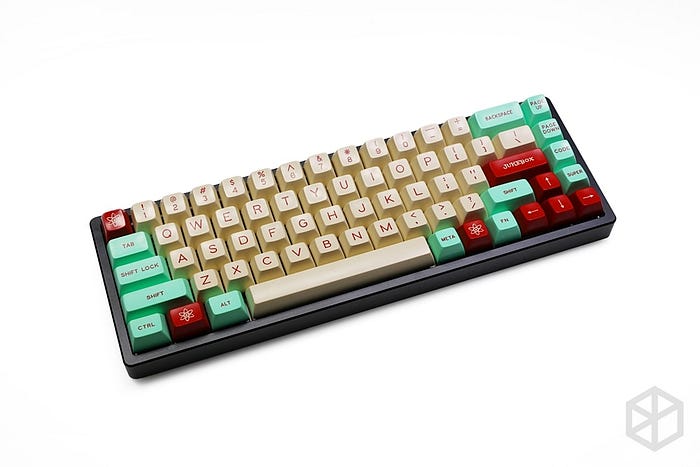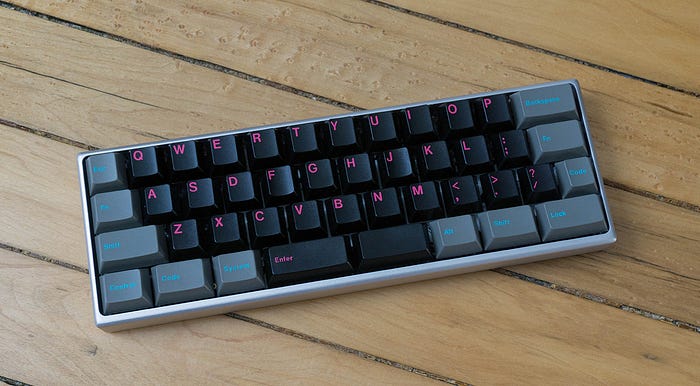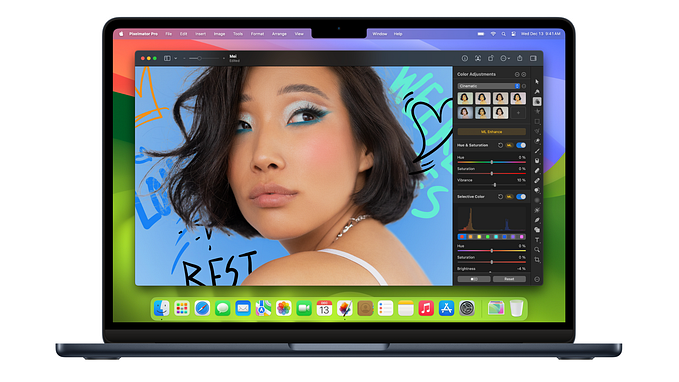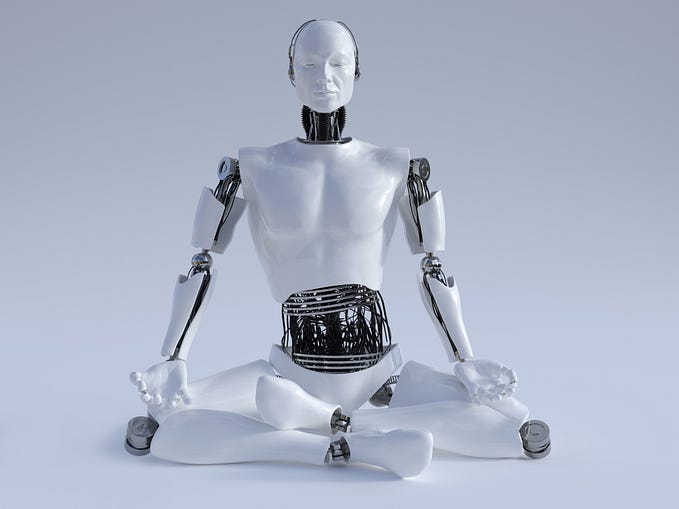Fascinations on mechanical keyboards
Typing on a keyboard is something that almost everyone is familiar with. People communicate using words typed on a keyboard more and more, especially due to the coronavirus pandemic. Apart from the simple need to communicate, most people work with a computer nowadays, and they use keyboard as a mean to interact with said computer. Although some people might think of keyboards as a means to end, I believe there are more to keyboards than just a typing machine — it’s a rather fascinating technology that we have today.
Which Switch You Switched To?
Before I go on, I want to explain a little bit about what makes a mechanical keyboard a mechanical keyboard. It’s simple, really. Mechanical keyboards are keyboards that use a (mechanical) switch underneath each key. These switches provide mechanical keyboards with more durability and personalization than regular keyboards.
Generally, there are three types of switches used in mechanical keyboards:
- Clicky (Blue)
- Linear (Red)
- Tactile (Brown)

There is no coloring convention on different types of switches, though. Popular switch manufacturer like Cherry MX use this coloring convention, but there are other colors used for the same type of switches as well. For example, Razer use a new type of switch colors, i.e. green and purple. There are also manufacturer that provide a black and clear switches, each giving different typing sensations entirely.
Clicky Switches
People generally thinks of loud click sounding keyboards when they hear the mention of mechanical keyboards. This is because most mechanical keyboard (especially the old ones) are built using clicky switches. You may not believe this, but some people really enjoy the sound of click when they type. Clicky switches generally also have a higher force needed to be used to press on each key, leaving a more tangible feedback when you type on clicky mechanical keyboards.

Linear Switches
Contrary to popular believes, there exists a type of keyboard that doesn’t have a loud, annoying sound. Mechanical keyboards that use a linear switch are silent and designed to have a very low actuation force. These keyboards are designed mostly for gamers. Due to the lower the actuation force, the faster your finger can input the key that you intended to press. I, myself find linear switches to be hard to use other than for gaming, because the low actuation force actually caused me to make a lot of typos when typing.
Tactile Switches
The tactile switch are the offspring of clicky and linear switches. It has a higher actuation force than linear switch, but it doesn’t produce as loud of a clicking sound as clicky switches. This is a good type of mechanical switch for people that doesn’t want to make a loud noise every time they type and want a higher actuation force when typing. Just a heads up, though, I find that the brown switch are hard to come by and mostly sold out in many cases.
In All Shapes and Sizes
Some people use numpad keys for putting in numbers, sure. Most available keyboard and mechanical keyboard offers numpad on their layout. Mechanical keyboard, though, appeals to different types of people and different types of use cases.
For people that rarely use numpads, they can choose the TKL mechanical keyboard.
If you want a smaller keyboard to make it easier to carry around, then you can pick a 75% mechanical keyboard.
Oh? You don’t need the function keys, you say? In that case, what about a 65% mechanical keyboard instead?

No need for arrow keys? Say no more fam.

What? No numbers? I don’t thi — oh. Nevermind.

Keyboard for Mechanics
The biggest thing that separate a regular keyboard and a mechanical keyboard is how you can buy each part separately and build you own keyboard; from the chassis, to the switches, to which keycaps to use, and even to the lighting used on the keyboard. There is nothing better than using a piece of equipment that you build from the ground up, with every component you researched and handpicked yourself. I personally never build a mechanical keyboard because they cost up to around $600, but I assume the satisfaction ones get from building their own mechanical keyboards are similar to how I felt when I built my own PC.
Ain’t Nobody Got Money For That
Fascinating technologies come at a price. For this one, apparently worth as much as the minimum monthly wage in my country. Don’t let this discourage you, however, since there are many good mechanical keyboards available for under $100. In most cases, you pay a hefty price not for the utility (switches) and size of the keyboard, rather on the brand name and design of the keyboard. If you really want that red greek lettered keycap on a yellow chassis, though, you need to be prepared to empty your wallet.

Mechanical keyboards provide a more versatile and personalized experience than regular keyboard. The expensive price tag is compensated by the utility, personalization, and satisfaction provided in both building and using a mechanical keyboard. Mechanical keyboards might not be for everyone, but it is certainly for me.










